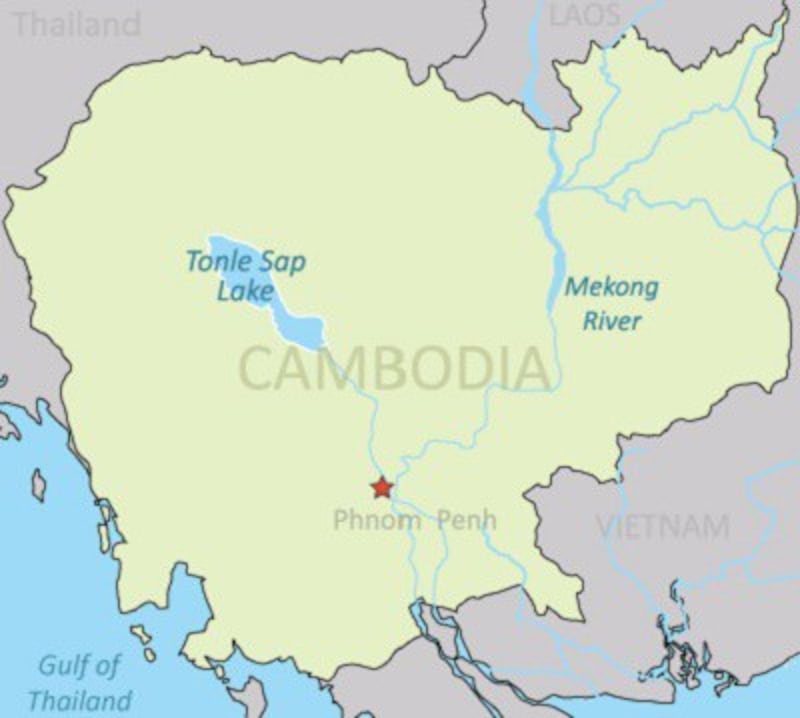Fish production in Cambodia’s great Tonle Sap Lake is on track to reach last year’s level, an official said Wednesday, despite concern from fishermen that yields are dwindling due to environmental problems.
Nao Thouk, director of the Fisheries Administration under the Ministry of Agriculture, said that up to 500,000 tons of fish would be harvested this year from the lake, which is a major source of food for the whole country.
Fishermen have harvested reasonable catch in the nearly two months since the start of the official fishing season on Oct. 1, Nao Thouk said, adding that the catch will increase until Dec 2012.
“We have seen an increase in fish since the start of the fishing season,” he told RFA’s Khmer service.
He said the good yield was the result of a government clampdown conducted since May of last year against illegal fishing in the lake. Commercial fishing in the lake is banned.
Authorities have cracked down on 5,000 illegal fishing cases since early 2012, arresting 50 people, according to the ministry.
Nao Thouk said the campaign was helping fish stocks to increase in the lake, on which over a million Cambodians rely for their livelihoods.

Low water
But some are concerned that low water levels and other issues are hurting fish stocks in the lake, which is known in Cambodia as the “Great Lake” and produces over half of the country’s fish.
Om Savath, executive director of Cambodia’s Fish Action Coalition Team, said the freshwater fish yield will decline compared to last year’s harvest because the water level is low.
“This year the water level is low. I don’t see any sign of increase in fish,” he said.
The Tonle Sap is closely connected with the Mekong River, which environmentalists say is threatened by dams.
The Cambodian Fishery Coalition, a community-based organization set up by fishery folk in the country, said in a recent report that dams across the river upstream in China "have impacted the lake’s fish sanctuary."
"When the hydropower dams were established, the community people living around the Tonle Sap Lake were severely affected, as they have transformed fish resources, and lead to progressive loss,” it said.
Environmentalists say the Tonle Sap’s fish are also threatened by the destruction of flooded forests around the lake, which act as an immense hatchery during the rainy season and protect the core of the lake during the dry season.
Aside from fishery resources, the Tonle Sap Lake provides land fertile for the cultivation of rice and other agriculture.
Tonle Sap has 28 fish species that are nearing extinction. The government has reserved 31 areas, covering about 97,500 hectares (240,000 acres), for their protection.
Reported by Sok Serey for RFA’s Khmer service. Translated by Samean Yun. Written in English by Rachel Vandenbrink.
